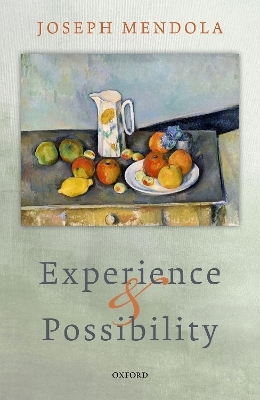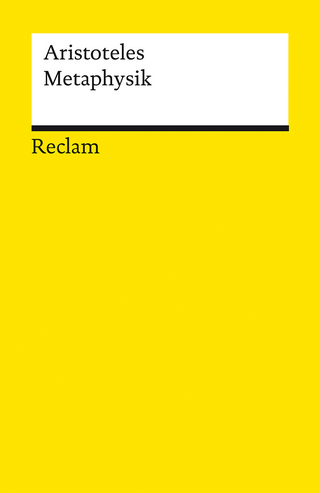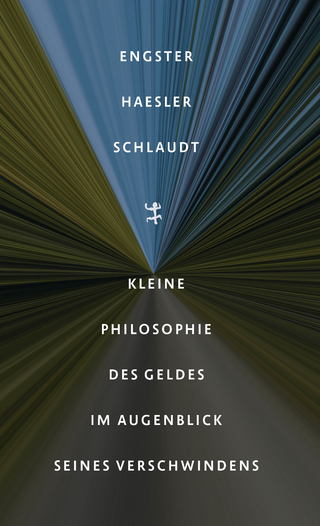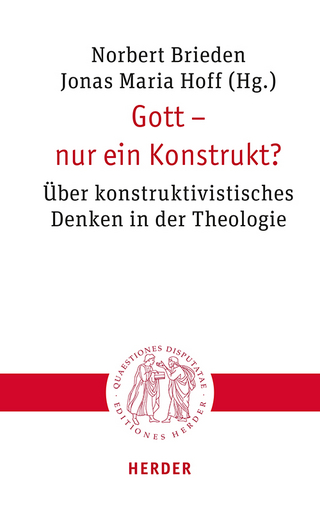
Experience and Possibility
Seiten
2021
Oxford University Press (Verlag)
978-0-19-886976-4 (ISBN)
Oxford University Press (Verlag)
978-0-19-886976-4 (ISBN)
Ontology concerns the general nature of the different categories of beings, for instance objects like cars and people, and properties like colors and shapes. Modality concerns what is possible and what is necessary. Experience and Possibility explores the surprising ways in which modality is involved in the ontology of the things we experience.
Experience and Possibility concerns the modal ontology of experience. It investigates the detailed metaphysics of the colors, shapes, and other concrete properties present in our experience of ordinary concrete objects, and also of their spatial and temporal relations. It examines their experienced particularity, and the nature of their locations and material bits. This detailed concern with specific cases reveals many inadequacies of traditional ontology. But the central novelty of the book is an intense focus on the modal aspects of such experienced entities, and what it reveals about modality in general. The reality of such things would involve in surprising ways not merely what would hence be actual but also what would be merely possible. This supports a general conception of modality, of the possible and the necessary, according to which the actual and the possible are locally entwined and involve different types of being. The particulars, properties, and relations we experience involve distinctive forms of modal structure, characteristic of specific sorts of universals and irreducible particularities. When this experience is not veridical, when for instance the color we experience is somewhat misleading about reality, it is a puzzle how we have such experience nonetheless. Exploration of these forms of modal structure is groundwork for a new account of how our neurophysiology explains such misleading experience, how our physical structure delivers such qualia. This is sketched for the case of experienced color. Its core idea is that the apparent modal structure of things we experience is sometimes due to the actual modal structure of the neurophysiology that constitutes that experience.
Experience and Possibility concerns the modal ontology of experience. It investigates the detailed metaphysics of the colors, shapes, and other concrete properties present in our experience of ordinary concrete objects, and also of their spatial and temporal relations. It examines their experienced particularity, and the nature of their locations and material bits. This detailed concern with specific cases reveals many inadequacies of traditional ontology. But the central novelty of the book is an intense focus on the modal aspects of such experienced entities, and what it reveals about modality in general. The reality of such things would involve in surprising ways not merely what would hence be actual but also what would be merely possible. This supports a general conception of modality, of the possible and the necessary, according to which the actual and the possible are locally entwined and involve different types of being. The particulars, properties, and relations we experience involve distinctive forms of modal structure, characteristic of specific sorts of universals and irreducible particularities. When this experience is not veridical, when for instance the color we experience is somewhat misleading about reality, it is a puzzle how we have such experience nonetheless. Exploration of these forms of modal structure is groundwork for a new account of how our neurophysiology explains such misleading experience, how our physical structure delivers such qualia. This is sketched for the case of experienced color. Its core idea is that the apparent modal structure of things we experience is sometimes due to the actual modal structure of the neurophysiology that constitutes that experience.
Joseph Mendola is Professor of Philosophy at the University of Nebraska-Lincoln, USA. His previous books are Human Thought (Kluwer, 1997), Goodness and Justice (CUP, 2006), Anti-Externalism (OUP, 2008), and Human Interests (OUP, 2014).
1: Introduction
2: Modal Structure
3: Problems of Individuation
4: Space, Time, and, Location
5: Haecceities
6: Nominalism
7: Universals
8: Modal Structuralism and Color
| Erscheinungsdatum | 23.03.2021 |
|---|---|
| Verlagsort | Oxford |
| Sprache | englisch |
| Maße | 160 x 242 mm |
| Gewicht | 538 g |
| Themenwelt | Geisteswissenschaften ► Philosophie ► Metaphysik / Ontologie |
| ISBN-10 | 0-19-886976-2 / 0198869762 |
| ISBN-13 | 978-0-19-886976-4 / 9780198869764 |
| Zustand | Neuware |
| Haben Sie eine Frage zum Produkt? |
Mehr entdecken
aus dem Bereich
aus dem Bereich
Buch | Hardcover (2024)
Matthes & Seitz (Verlag)
28,00 €
Über konstruktivistisches Denken in der Theologie
Buch | Softcover (2024)
Verlag Herder
58,00 €


